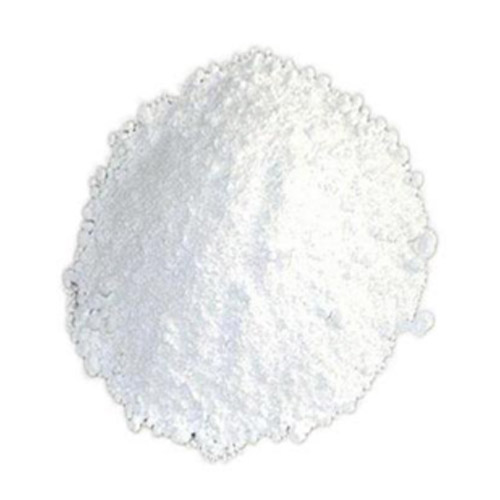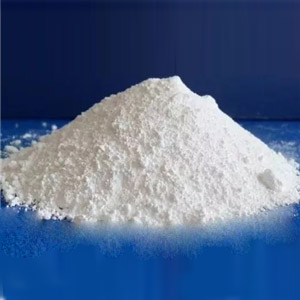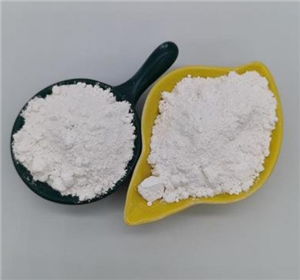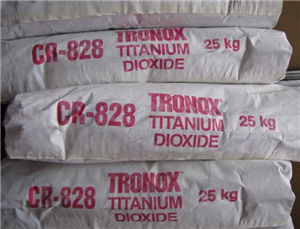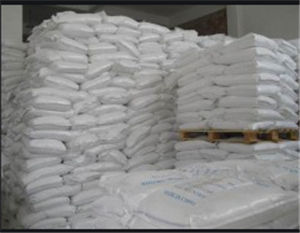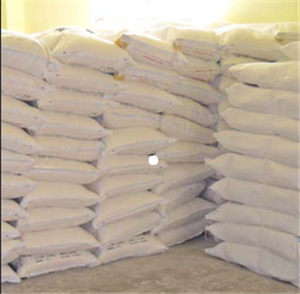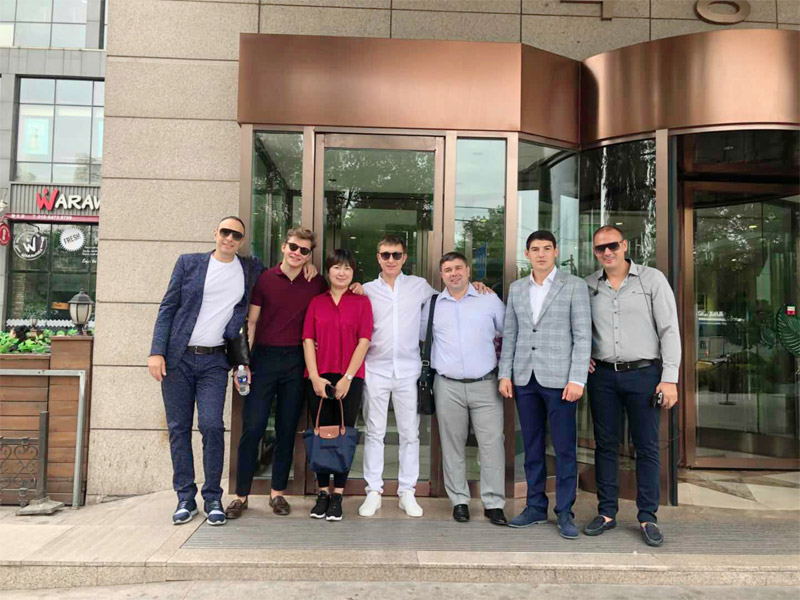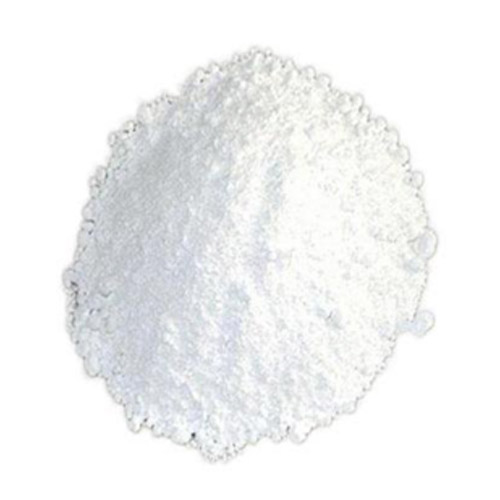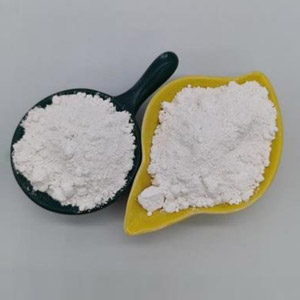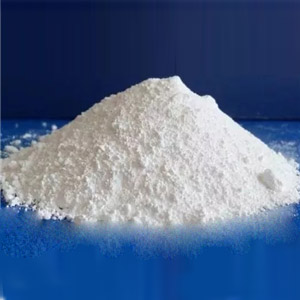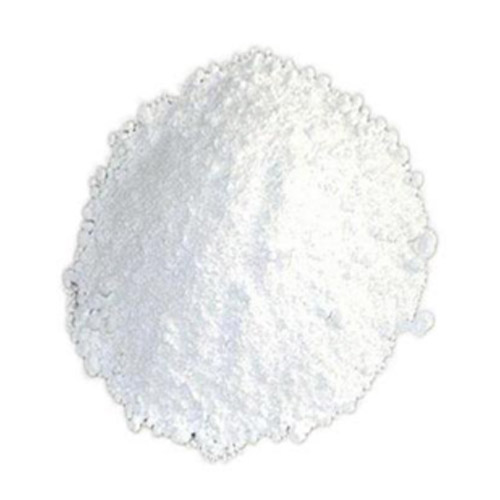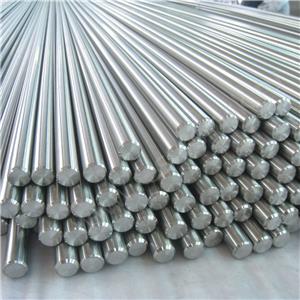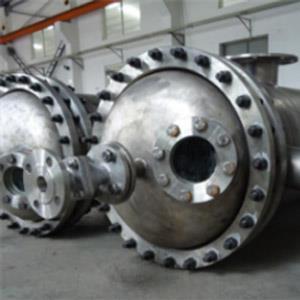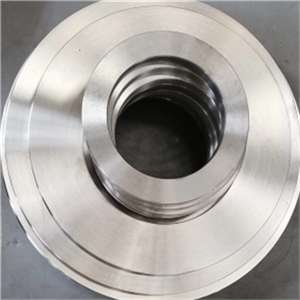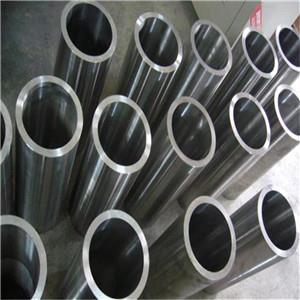Type Industrial Titanium Dioxide

- Baoji
- according to the quantity
- 20 ton each month
Main characteristics.
Physics.
1) relative density.
Among the commonly used white pigments, the relative density of titanium dioxide is the smallest. Among the white pigments of the same quality, the surface area of titanium dioxide is the largest and the pigment volume is the highest.
2) melting point and boiling point.
Because the anatase type will be transformed into rutile type at high temperature, the melting point and boiling point of anatase titanium dioxide actually do not exist. Only rutile titanium dioxide has melting point and boiling point. The melting point of rutile titanium dioxide is 1850 ℃, the melting point in air is (1830 ±15) ℃, and the melting point in oxygen-rich is 1879 ℃. The melting point is related to the purity of titanium dioxide. The boiling point of rutile titanium dioxide is (3200 ±300C), and titanium dioxide is slightly volatile at this high temperature.
3) dielectric constant.
Application of Titanium dioxide.
1. Cosmetics.
Titanium dioxide is non-toxic and almost all kinds of fragrance powders are used instead of lead white and zinc white. Titanium dioxide can reduce the feeling of greasy and transparent in gouache and cold cream.
2. Printing ink.
The white pigments used in the ink manufacturing industry are mainly titanium dioxide and zinc barium white, in which titanium dioxide not only has good physical and chemical stability, but also has good resistance, and has the characteristics of lower price than other ink materials.
Ink is an important material for printing, which displays patterns and characters on the substrate by printing or inkjet painting. The ink consists of main components and auxiliary components, which are evenly mixed and repeatedly rolled to form a viscous colloidal fluid. It is composed of binders (resin), pigments, fillers, auxiliaries and solvents. It is used for printing books and periodicals, packaging and decoration, architectural decoration and electronic circuit boards. With the increase of social demand, ink varieties and output also expand and grow accordingly.
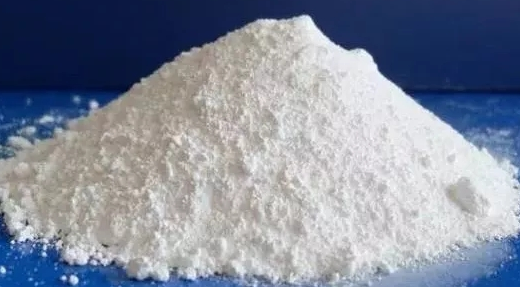
We are a specialized manufacturer...more

